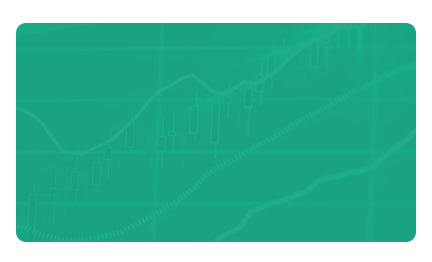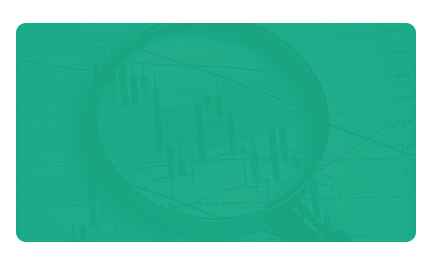The indicators in this chapter quantify the profitability and the returns achieved by the company.
Profitability indicator types:
- Return on Equity (ROE)
- Return on Asset (ROA)
- Return on Sales (ROS)
- Coverage indicator
Return on Equity (ROE))
ROE shows how well managers are employing the funds invested by the firm’s shareholders. It is the net profit of the company divided by the shareholders’ equity shown in percentage.
Return on Asset (ROA)
ROA compares the size of the total assets with the net profit achieved by these assets, therefore it indicates how much profit the company is able to make for each euro of asset invested.
Return on Sales (ROS)
ROS is also called the net profit margin and it shows how much the company is able to keep as profits for each euro of sales it makes. The result of this ratio is relative: average values vary in different sectors, industries. For instance, a company offering services can be more profitable in this term than a “traditional” commercial firm.
Coverage indicator
The coverage ratio shows the relationship between the coverage (difference between revenues and overheads) and the revenues. This ratio also greatly depends on the scope of activities of the firm.



















